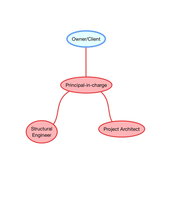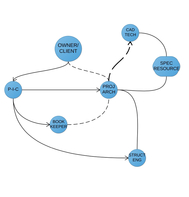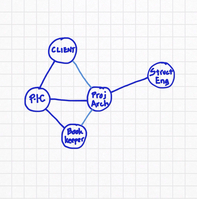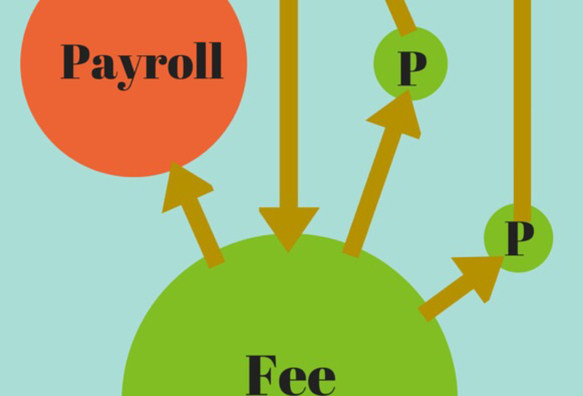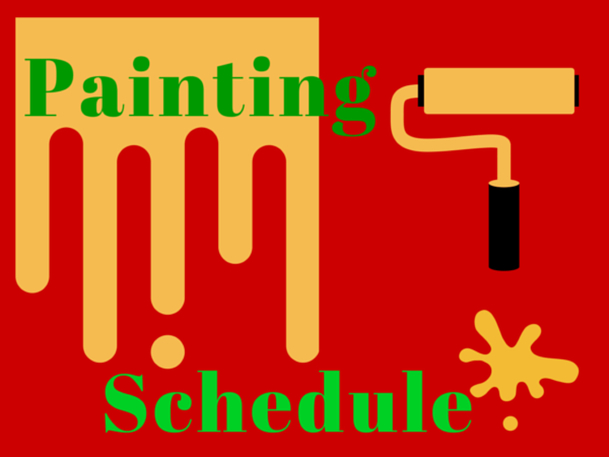 When you are looking for work, this may seem counter-productive; but it is a good practice to evaluate every job beforehand. Your insurance agent, your attorney, and your marketing advisor will all agree that making sure this project is worth pursuing is a good thing. The insurance agent and the attorney are looking at the potential for trouble that working with this type of client, this particular client or this project type can lead to. Your marketing advisor is looking at the big picture of where you want to go and whether this opportunity is a step forward, sideways or backwards. The type of work you do and the people you work for speaks volumes to all your clients and potential clients. Choosing the right projects and the right clients is a key element in developing your niche and reaping the rewards that come from not being a commodity. From a purely business perspective, a project is like a new product line. You should evaluate both before jumping on board. For a project a detailed evaluation doesn't need to take much time, especially if you have an established method for doing the evaluation. The attached form came from combining several processes that were recommended to us over the years. The thrust of the evaluation is to uncover any concerns you have about the project or client beforehand, and then to develop a plan for addressing those concerns or "passing" on the project. We found it works best with just two or three people involved: the person who found the opportunity and who knows the most about it, a principal of the firm, and perhaps one other senior person. Once you go through the process a few times you will find that you want to keep the form handy as a kind of questionnaire to use with potential clients. I’ve read recently that organizations are starting to recognize that they no longer function like a hierarchy, which comes to us from a military model that is probably 10,000 years old. Instead they recognize that a network is closer to reality. In a network each node (person) is connected to several others. Sometimes there is a client-vendor relationship. I would include boss-employee relationships under client-vendor for the sake of simplicity. Simplicity might be at odds with clarity, though. Other times the relationship is more peer-to-peer or even resource-researcher. What nodes do you see in a smallish design firm?
It's kind of odd that you can't easily draw a network because there are very few tools that can handle it. CAD is the handiest (lucky for us), but outside the design field what would you use? Lucidchart, mind mapping, drawing tools like the Inkflow app? Because until you draw the network, it's pretty hard to think about it. That’s one reason hierarchies have worked so well - just assign people to roles: soldier, squad leader, platoon leader, company commander, etc. No need to draw it. Mind mapping doesn't work unless your program allows interconnections - this one (iBlueSky app) doesn't. Fig 1. Lucidchart works pretty well. Fig 2. A Lucidchart network diagram lets you use shape, color, line types, and arrow heads to convey information about your network. This might be better than CAD. Lucidchart’s toolbox makes it pretty easy to recognize all the subtle relationships in a network. (In Fig 2 I used their ’Flowchart’ shapes with one of the simple themes.) I tried Inkflow, too, but I didn't see any benefits of drawing the network by hand, even if you can cut and paste easily to re-arrange nodes. Fig 3. I think we are in for some really big changes when you combine this management concept, the prevalence of contract workers and the move to embrace more telecommuting. Design firms don't seem to be in a leadership position on these changes except maybe contract workers, thanks to the Great Recession. Not being a leader, though, doesn't mean you won't be affected. I tried for years to sketch our organization; now I see that I wasn't using the right concept/tool to tackle the job. Here is an article with an interesting comparison. http://www.digitalinnovation.pwc.com.au/hierarchy-vs-network-business-models/ I didn't learn about Cash Flow until I had screwed up often enough that the lessons became obvious. With a little bit of luck, you might escape that experience by modeling your firm after this infographic. Too often we architects operate on positive cash flow and think we are profitable; but the slightest change in that cash flow stream will rock the boat, often capsizing it. Here it is - Sustainable Cash Flow for Architects If you have ever grappled with painting schedules you realize just how complicated this seemingly simple topic can be. What gets painted? Who paints it? Exceptions. Do you need a primer? Do you want any special preparation of the surface? How many coats do you want / can afford? What kind of paint? What gloss? Oh yeah, what color! In a small project of just thirty spaces there could easily be 3,500 surfaces to paint. It is a challenge to keep it straight and to not overlook anything. THAT IS WHERE THE BETTER PAINTING SCHEDULE COMES IN |
x
Archives
February 2024
Categories
All
|
Architekwiki | Architect's Resource | Greater Cincinnati
© 2012-2022 Architekwiki
© 2012-2022 Architekwiki

